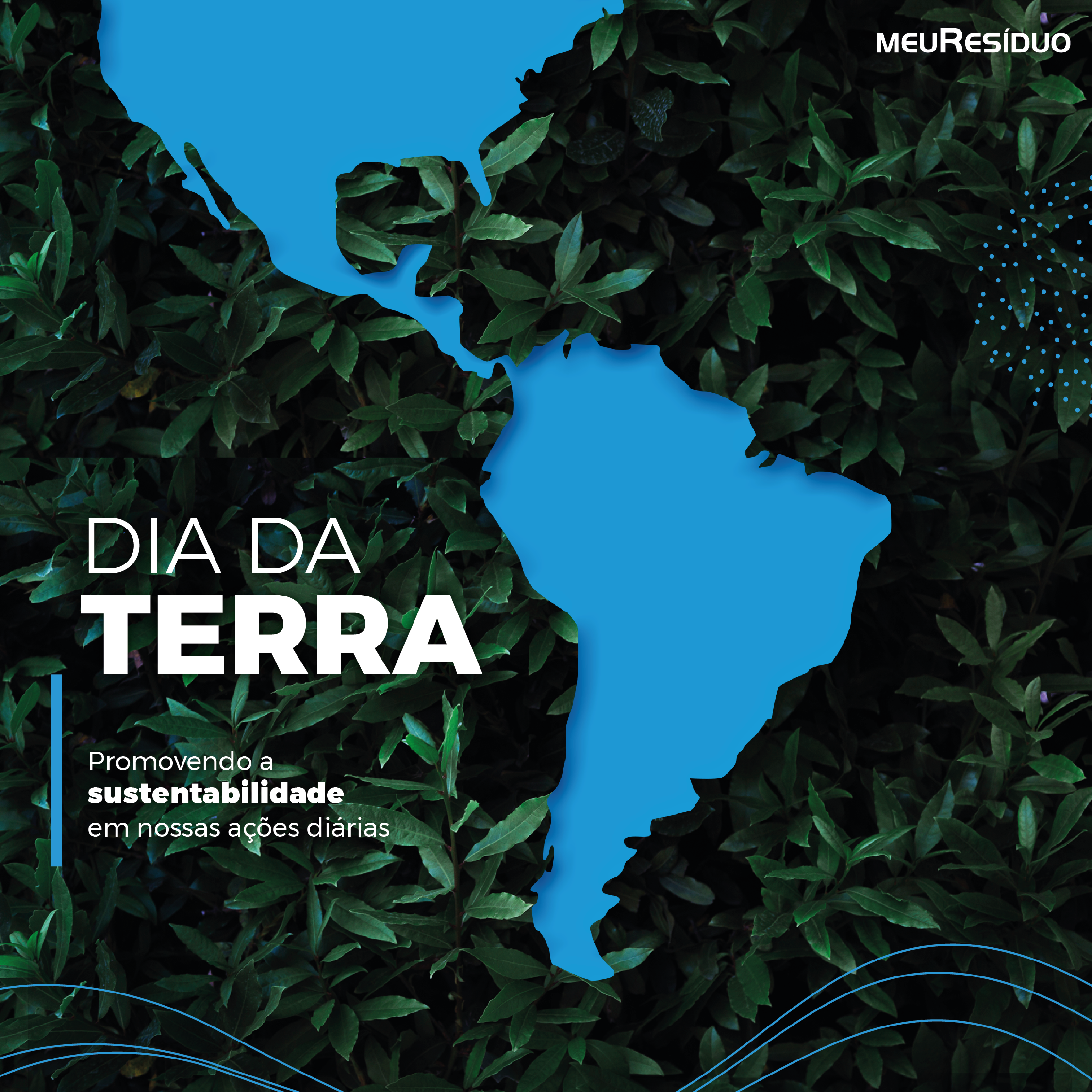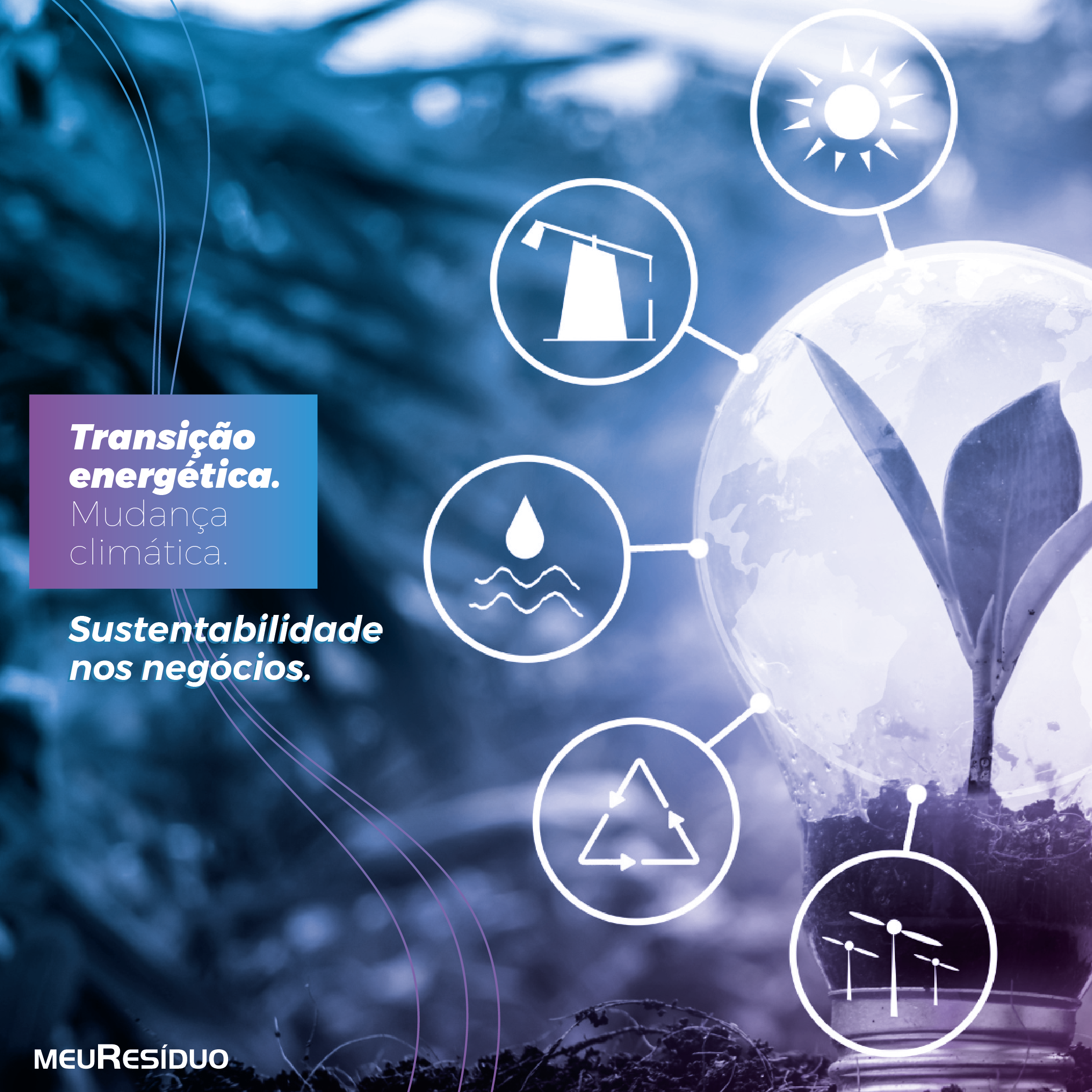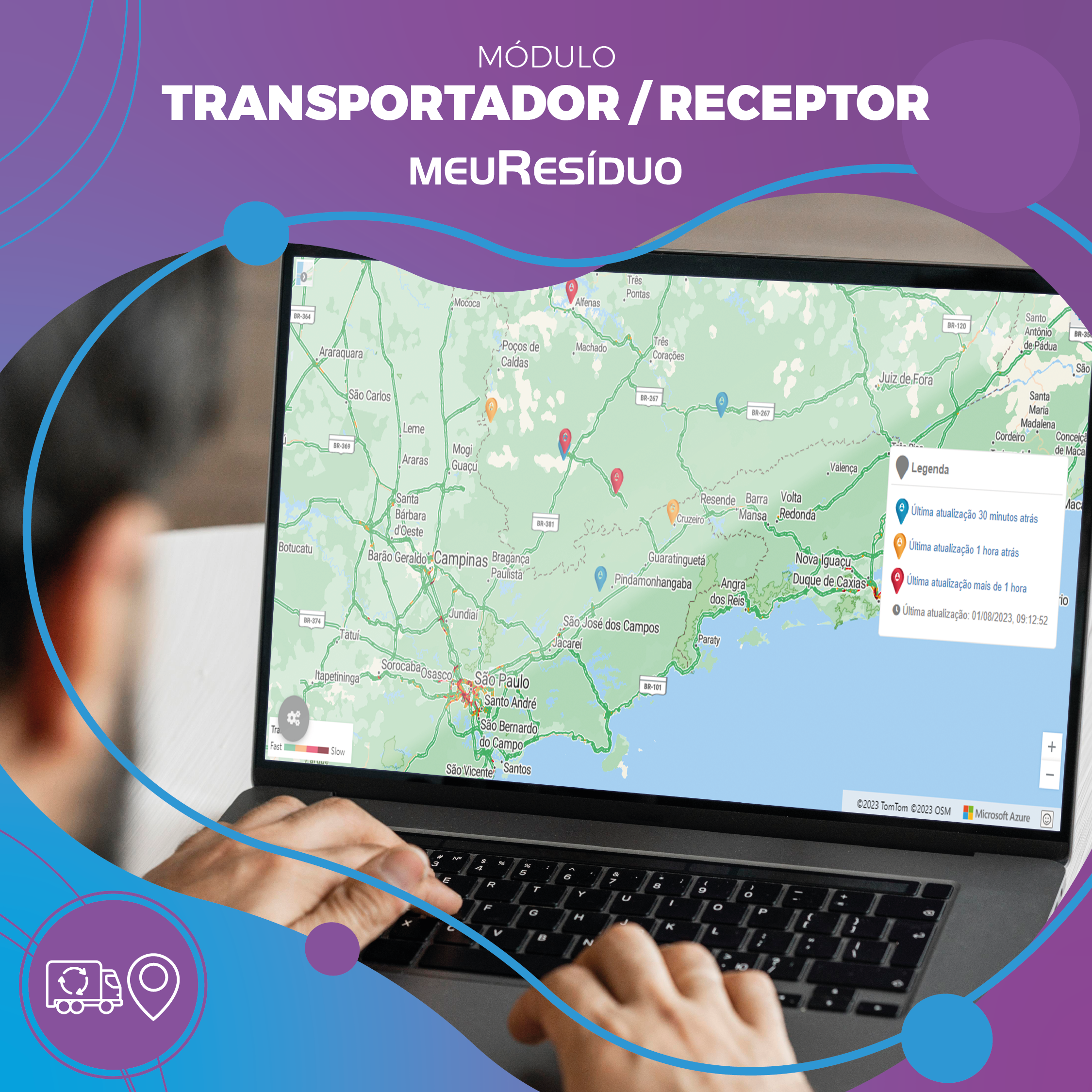
Our team searched for some general information about solid waste to try to understand the increasing on its generation and the contradictions about the subject that are spread worldwide. We will bring some subjects on this article to help explaining the context of the solid waste in our Planet.
CONSUMPTION PATTERNS X SOLID WASTE
All over the world it is generated 1,4 billion of tons of Urban Solid Waste (RSU – Resíduos Sólidos Urbanos, in Portuguese) a year, an average of 1,2 kg generated per person a day.
There are around 198 countries in the 5 continents, but almost the half of all the waste is generated by only 30 countries (15%) and, coincidently, they are the richest places. These data let it clear the relation of the waste generation with the economic power.
A fact that scares even more are the researches developed by the Worldwide Bank (Banco Mundial, in Portuguese) in a partnership with the United Nations Organization – UNO (Organização das Nações Unidas – ONU, in Portuguese), that predict an increase of 350% of urban solid waste until 2050, if it does not occur a change on the patterns of current consumption. The populational expectation is of 9 billion of inhabitants, that will generate 4 billion tons of urban waste until there.
There are strong evidences that this perspective can be right, mainly because of the fact that, on the last 30 years, the total of waste produced in the world was 3 times bigger than the populational growth.
Besides, it is very important to notice that most part of these waste are disposed in landfills, a factor that elevates its financial cost and also the environmental liability.
THE ENVIRONMENTAL COST OF THE SOLID WASTE
The Waste-to-Energy Research and Technology Council in the United States (Conselho de Pesquisa em Tecnologia de Geração de Energia dos Estados Unidos, in Portuguese) calculates that for each 10 tons of landfilled garbage, 1 square meter of soil is unused in a permanent way. Besides, the low use of recyclable materials accelerates the exhaustion of natural resources.
The waste environmental costs are many, because they interfere in many points of our environment, like, for example: the soil disabling, the water contamination and the air pollution, the life quality reduction and the biomes destruction.
The degradation of the organic matter exposed in dumps and landfills is what produces gases as the methane and the carbon dioxide (CO2 and CH4) that accelerates the greenhouse effect as well as the waste burning that contaminate our atmosphere through micro particles that end up passing through the filters.
Besides, the superficial water of the oceans, rivers and lakes are also contaminated with the waste irregular disposal, as well as the subterraneous water where it percolates the leachate from the dumps without leaking.
THE FINANCIAL COSTS OF THE SOLID WASTE
Even though many cities still do not have collect, treatment and a correct destination for the waste, 20 to 30% from the city budgets around the world are already separated for this issue. This value could be even bigger as in many localities there is no collect and treatment yet, not even the correct disposal.
It is estimated around 40 billion dollars to guarantee the universality of these services to these places. The countries with the biggest problems in this regard are in Africa, Southeast Asia and Latin America.
Still relates to the finances, Brazil, for example, loses 8 billion reais (U$D 2.556.563.978,01) a year in resources due to sending recyclable materials to dumps and landfills. But it is not the case only from Brazil. The United States still do not have a full and adequate treatment to all the urban waste because 55% are taken directly to landfills. Even if they show a diminish on the number of landfills, the volume of waste is increasing.
Already in Europe, much has advanced, since the no generation of waste until the adequate disposal of it, but the way is still long for everybody to get conscious.
Nowadays, the waste market moves 410 billion dollars, according to the European Union reports. In theory, there is a relation between the Gross Domestic Product – GDP (Produto Interno Bruto – PIB, in Portuguese) increasing and the waste increasing. Some movements are proving that the environmental preservation and the correct waste management can save until 72 billion euros, generate 400 thousand new jobs and boost the countries’ economy, making the Gross Domestic Product increase and reduce the increasing on the waste generation.
RECYCLING AND REUSE EXAMPLES
When we look for some country with a functional system for waste management, we have to look to Germany. In summary, all the waste there is recyclable, reused or, lastly, used for energy generation.
To have an idea, the German current index of waste sending to sanitary landfills is of only 1%. The country could only reach this number due to politics like prohibiting the shipping of domestic or industrial waste with no treatment to landfills since 2005. Besides, between 2002 and 2010 the total of generated waste fell for 3,5 million tons.
However, more than extinguishing landfills and diminishing their construction, 63% of waste are recyclable. For comparison, the average of the European continent is of only 25%. The data is from Eurostat, a statistical organ from the European Union.
There are more than 250 thousand people employed by the waste production chain and it is also estimated that 13% of the German industrial production is done with recycled raw materials.
It can be said that this culture took decades to be done and reach its goals. What proves this is that in 1970 there were around 50 thousand dumps and sanitary landfills, and today there are less than 200. There, the municipal taxes for waste collection are charged since the 19th century, with pattern being stablished even for discard containers.
A PANORAMA OF THE SOLID WASTE TREATMENT IN BRAZIL
In Brazil, the situation is not very good, according to the Solid Waste Panorama in Brazil. The report done by Associação Brasileira de Empresas de Limpeza Pública e Resíduos Especiais (ABRELPE) evaluates the Brazilian cities as the way the waste is disposed.
More than 1.493 cities dump their solid waste in dumps and 1.508 in controlled landfills. The document reports the negative impact that it occurs in the life of more than 76 million of Brazilians only in the waste disposal issue.
The Northeast of Brazil contemplates the worst situation, where 844 cities still use dumps. The other regions follow under than 247 cities with this kind of disposal.
Unfortunately, much waste that we generate end up on oceans, a number that brings a series of implications, as the spend of 5,5 billion a year in environmental recovering and health treatment. This value considers only the marine pollution and comes from a report coordinated by the International Solid Waste Association – ISWA (Associação Internacional de Resíduos Sólidos, in Portuguese), disclosed in the Water Worldwide Forum (Fórum Mundial da Água, in Portuguese), that took place in Brasília-DF in 2018.
To make matters worse, the 7 million tons of waste produced in Brazil without collection create big and hard public health problems, affecting the health of 96 million of people, which is almost half of the country’s population!
Despite all this, we can assure that there is no lack of rules to try to minimize the problem. Among them, we can quote the Solid Waste National Politics ( Política Nacional de Resíduos Sólidos – PNRS, in Portuguese), that organizes priorities to treat since the no generation of waste until the correct disposal of it, but, sometimes, it seems to be a little stagnant.
What we can conclude with all of this is that there is still a long way for the worldwide population and for the countries to adequate and to become more sustainable, to the public politics to orient that the waste should enter again in the productive chain, to the production to be conscious regarding the disposal and, also, to the countries to charge a reverse logistic.
We, from MyWaste, work on this goal. We develop digital tools for all the waste chain, automatizing processes and integrating with systems from environmental organs, everything to facilitate the life of our customers, as well as to provide transparency and traceability necessary to the management of your company.
Source: https://www.eosconsultores.com.br/os-numeros-dos-residuos-solidos-no-mundo/
RELATED POSTS:


